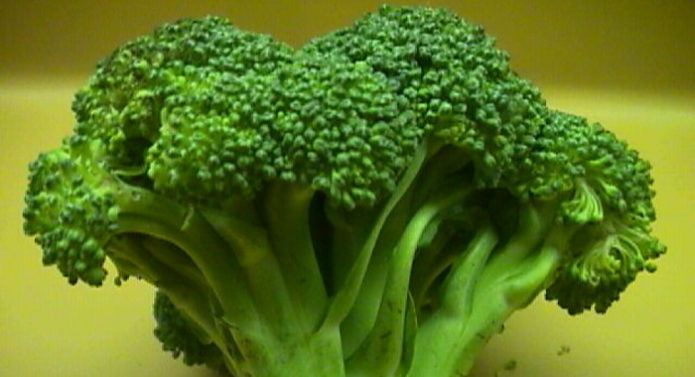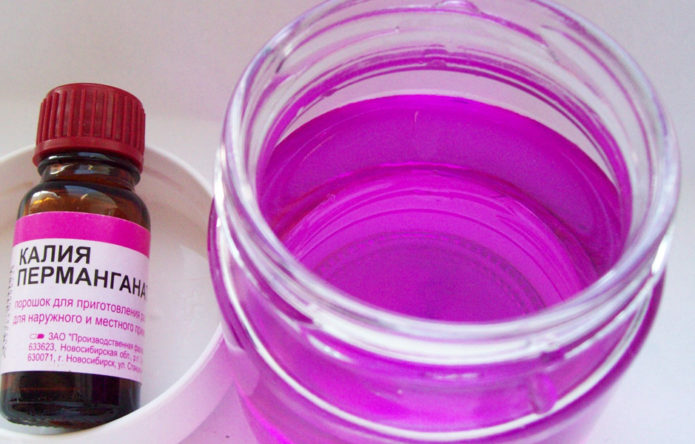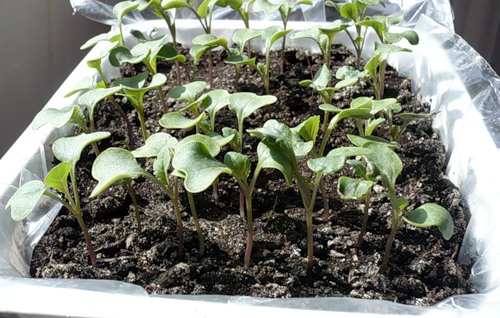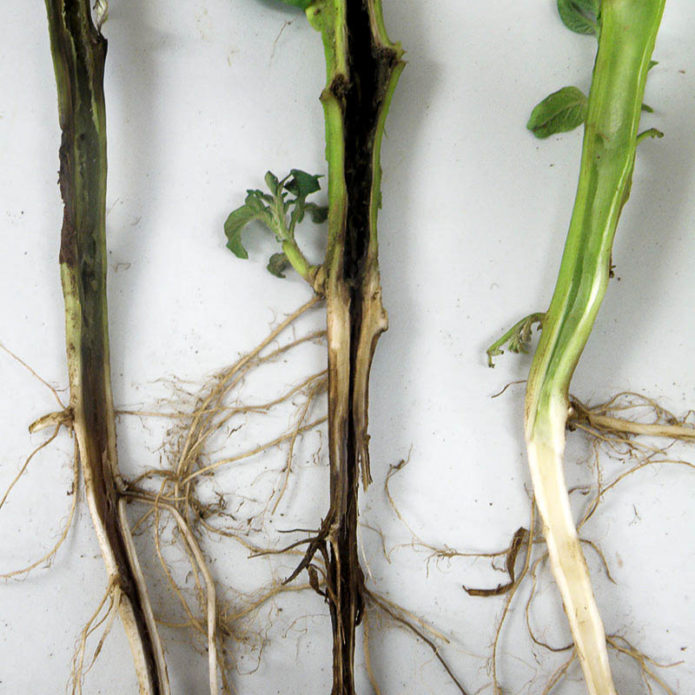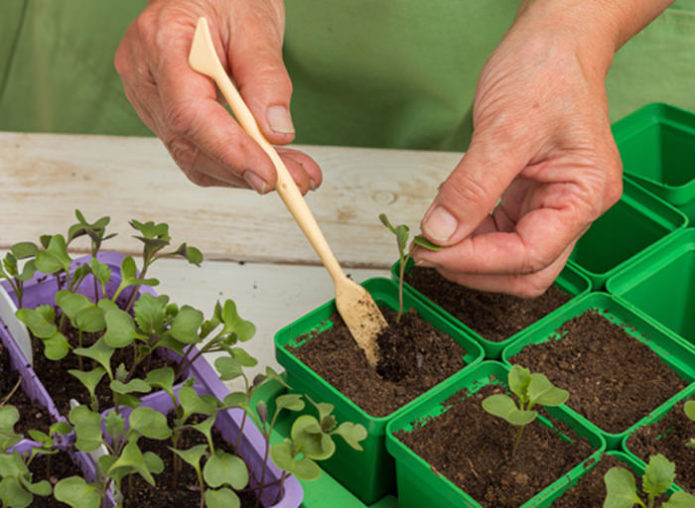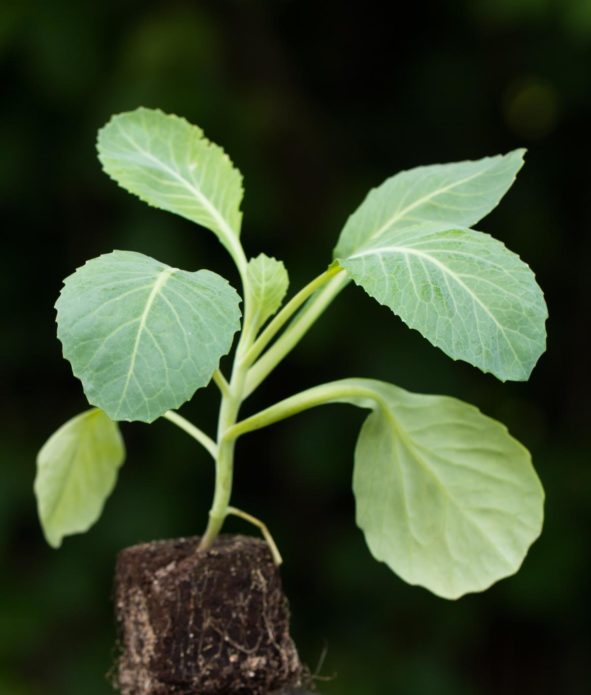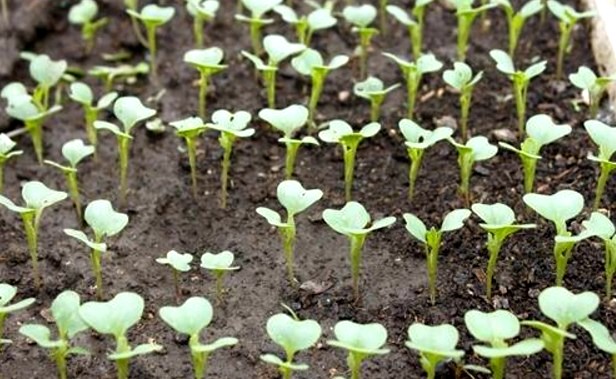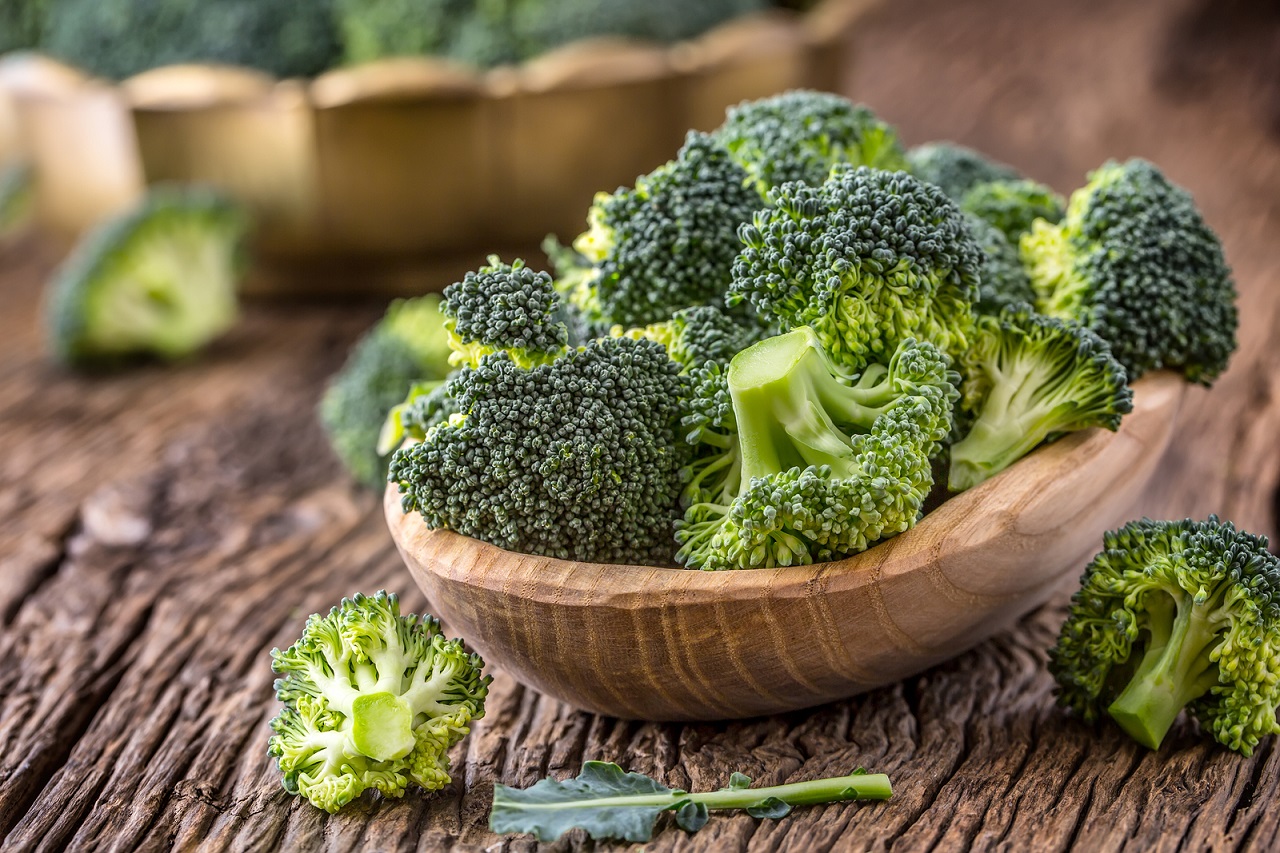Broccoli is a cruciferous plant native to the Eastern Mediterranean and Asia Minor. This is a type of cauliflower. An unpretentious, frost-resistant crop is grown in the southern and middle latitudes of Russia. However, in order to obtain a bountiful harvest, it is important to know the rules for planting this vegetable.
Characteristics of broccoli cabbage
Broccoli contains vitamins B1, B2, B6, PP, C, K, E. Broccoli surpasses other types of cabbage in the composition of microelements and their content.
Eating cabbage improves digestion, reduces the risk of cancer, lowers cholesterol - it is recommended by pediatricians to strengthen immunity in children and nutritionists as a low-calorie product. Broccoli is also used to prevent many diseases. Energy value of 100 g of fresh cabbage - 34 kcal.
Preparing seeds for planting
Cabbage seeds remain viable for 5 years.
Granulated broccoli seeds are sold disinfected and do not need pretreatment. Self-collected seeds should be prepared before planting:
- The seeds are placed in hot (45-50 degrees) water for 20 minutes to increase germination.
- The seeds are hardened by placing them in the refrigerator for a day.
- The seeds are disinfected in a 1% solution of potassium permanganate for 8 hours, then washed with water. To prepare a solution, 1 gram of potassium permanganate is dissolved in 100 milliliters of water.
- The day before sowing, the seeds are soaked in warm water.
How to grow seedlings
So that the seedlings do not stretch out with a lack of light, they are grown on the southern windows of the house or planted in greenhouses.
Growing at home
Seedlings are sown 35–40 days before disembarking at a permanent place.
- The soil for planting is prepared from peat, turf and sand, taken in equal parts.
- The substrate is disinfected with a 5% solution of potassium permanganate (5 grams of potassium permanganate is dissolved in 100 milliliters of water).
- Add 20 grams of lime, 150 grams of ammonium nitrate, 200 grams of double superphosphate and 100 grams of potassium salt to a bucket of the mixture.
- Seeds are sown in boxes 10 cm high with moist soil to a depth of 0.5–1 cm. Planting pattern: 3 cm between plants in a row and the same amount between rows.
- The plantings are watered with water at room temperature from a spray bottle.
- Cover the boxes with foil and put them in a warm place (25 ° C) for 3-4 days (for example, near a battery).
- When the seedlings sprout, the film is removed, the boxes are exposed to light and the temperature is maintained at 8-10 ° C for 4-5 days.
- After a week, the temperature is raised to 18 ° C (at night 10–12 ° C) - this is an important condition for the growth of seedlings.
- Water in moderation, no more than once a week. If the soil moisture is increased or the crops are thickened, broccoli seedlings are affected by a black leg: in a young plant, the base of the stem turns black, thinns and rots, and eventually it dies. Sick seedlings are thrown away. When a disease occurs, the soil is either completely replaced or disinfected by steaming, in addition, liming can be carried out.
When the first true leaf appears (other than two cotyledonous leaves), the seedlings dive. This procedure is carried out as follows:
- After pre-watering, the plants are carefully dug out of the box using a wooden spatula.
- The lower third of the root is removed, so that a developed root system is formed with subsequent growth.
- They are seated in separate containers with a diameter of 7 cm with an opening for water outflow. In this case, the plants are buried to the cotyledonous leaves.
Two weeks after the pick, the first feeding is done: 2 grams of ammonium nitrate, 2 grams of double superphosphate and 1 gram of potassium salt are dissolved in one liter of water. Top dressing is repeated every 10 days.
Two weeks before planting, the seedlings are hardened daily in the open air: first, they are taken out for 1-2 hours, then the time is gradually increased to 6-10 hours. They start planting when the plants form 5-6 true leaves.
In the greenhouse
Broccoli is a light-loving culture. To increase the yield, cabbage is planted in sunny areas.
Preparing the garden
The soil for cabbage seedlings in the greenhouse is dug up in the fall. 1 m2 add 1-2 buckets of humus, two tablespoons of superphosphate, urea and potassium salt, one tablespoon each.
Broccoli grows on slightly alkaline and neutral soils. Under the spring digging of the beds, liming is done: 150-200 grams of slaked lime and one glass of wood ash per 1 m2... Fertilizers are applied: 1 m2 15 grams of ammonium nitrate, 20 grams of double superphosphate, 10 grams of potassium salt.
Landing
Zoned broccoli varieties are suitable for growing in Russia, since, unlike Mediterranean varieties, they are adapted to a temperate climate and will allow you to get a good harvest. For zoned seeds, sowing dates are indicated on the package.
When the soil on the seedbed prepared in the greenhouse warms up to 18–20 ° C, sowing is started.
The landing pattern is the same as at home.
You can sow seeds in a greenhouse in mid-April, and a month later, when the seedlings have 5-6 true leaves, plant broccoli in open ground. If you want to get a later harvest, then sowing should be done in early May.
Instead of picking, the seedlings are thinned out: they leave 6–8 cm between the plants. The soil is constantly kept moist: the soil is not allowed to dry out.
Top dressing
Seedlings are fed every 10 days.
For root dressing, use an aqueous infusion of mullein in a ratio of 1:10, infusion of bird droppings (1:15) or make a mineral mixture (30–40 grams of ammonium nitrate, 40 grams of superphosphate and 20 grams of potassium chloride per bucket of water). 1 m2 make 6-10 liters of solution.
Broccoli is an unpretentious culture to care for. The main thing when growing seedlings is moderate watering and feeding on time.
